A chilling, expertly crafted noir inspired by true crime, “The Hitch-Hiker” is a potent look at flawed masculinity from a female filmmaker.
The Hitch-Hiker represented renegade filmmaking at its finest.
It was the first film noir directed by a woman, Ida Lupino. The Hitch-Hiker was also independently produced, which allowed Lupino and her co-writer (and ex-husband) Collier Young to work from a treatment by a blacklisted writer, Daniel Mainwaring. Mainwaring, who also co-wrote Invasion of the Body Snatchers, was denied screen credit on The Hitch-Hiker because of his political radicalism during the House on Un-American Activities witch hunts.
Not only that, but the film tackled an incident — ripped straight from headlines of the time — that was too controversial and brutal for the major studios even to consider.
The Hitch-Hiker opens with a deeply unsettling on-screen declaration:
“This is the true story of a man and a gun and a car. The gun belonged to the man. The car might have been yours – or that couple across the aisle. What you will see in the next seventy minutes could have happened to you. For the facts are actual.”
The screenplay was based on the mass murders of Billy Cook, which took place between December 30, 1950, and January 21, 1951.
Cook killed six people and shot another four while pretending to be a hitchhiker. Cook’s life was one of tragedy and neglect, turning him into an antisocial and rage-filled psychopath. He had the words “Hard Luck” tattooed across his fingers on both hands, and his malformed right eyelid remained creepily open.
Upon his arrest near the Mexican border, he offered a simple but chilling motive: “I hate everybody’s guts, and everyone hates mine.”
Before his execution in San Quentin two years later, Lupino visited Cook and received his consent to film his story for $3,000 paid to his attorney.
However, the film received significant pushback from the Production Code Administration (PCA), which protested what they perceived to be an attempt to glorify a murderer. The filmmakers argued Cook would be portrayed as a “symbol of evil” and a documentary-style approach would be taken to avoid sensationalizing the events.
Nevertheless, the PCA objected, citing a rule in the Code that states, “No picture shall be approved dealing with the life of a notorious criminal of current or recent times.”
As a result, Lupino and Young were forced to rewrite and fictionalize their script to appease the PCA, though it retains several similarities to the real case.
Released just three months after Cook was executed, The Hitch-Hiker fictionalizes his final run, telling the story of a psychopathic murderer named Emmet Myers (William Talman) who kidnaps two men and forces them to drive him to the Mexico border.
The opening credits are superimposed over shots of Myers’ previous murders before his final encounter with Gilbert Owen (Frank Lovejoy) and Roy Collins (Edmond O’Brien). Gilbert and Roy have just crossed the California-Mexico border on their way to a weekend fishing trip.
They pick up the hitchhiker Emmet, who immediately pulls out his gun and admits to being a wanted murderer. He demands that the men drive him 500 miles, where he plans to catch a ferry and escape deeper into Mexico, aided by Gilbert, who is fluent in Spanish and can help him navigate the journey.
This is yet another way this remarkable film subverts expectations. There are scenes in which Mexican characters speak entirely in Spanish, absent any subtitled translation for the audience. The goal here is to create a sense of authenticity and put the viewer squarely in the perspective of the characters. Emmett’s inability to speak the language is an important plot, and that’s highlighted by conversations happening in the film which neither he nor the English-speaking audience can understand.
Essentially a hostage film, The Hitch-Hiker chronicles the trio’s tension-filled trek across Mexico as they are pursued by law enforcement and as two friends attempt to help each other survive the harrowing ordeal.
Lupino was a successful stage and film actor at this time, best known for “social issue” pictures that focused on topics like taboo sexuality, illness, and rape. These were all topics rarely explored during the Hays Code era.
While The Hitch-Hiker is often dismissed as a straightforward noir thriller lacking Lupino’s feminist point-of-view, it is heavily infused with subtle commentary, adopting elements of film noir — a genre designed to reflect the anxieties of the era — to explore fatalism and moral ambiguity in America in the aftermath of World War II.
It questions the ideal of the American Dream and everything we fought so hard to preserve. After securing a victory through the horrific use of nuclear weapons, soldiers returned home to settle into a life of complacency and disillusionment in the face of the growing specter of capitalism and the breakdown of the American family. So many found themselves sleepwalking through life, slaves to conformity and the commoditization of identity.
The Hitch-Hiker becomes a study of compliance in the face of male-perpetrated violence.
And it also remains terrifyingly relevant in today’s modern world.
Though Roy and Gilbert have multiple chances to escape, fear and obedience keep them in line. This is not a study of heroism but rather simply one of survival at all costs. These two masculine war buddies cower under the existential threat of imminent death and pray to be rescued from their ordeal.
The men, who set out on a weekend away from their wives to escape their all-consuming obligations and stifling lack of freedom, find themselves once again trapped and forced to submit to the unforgiving hand of fate. They find themselves in a situation where they feel hopeless and powerless, and it mirrors the way they feel in their everyday, thankless lives.
Emmett wields the gun and, therefore, all the power, and he delights in emasculating the men at every turn. He hides his own insecurities and vulnerabilities with cruelty and macho violence. It’s the American nightmare of senseless violence that cannot be contained.
Emmett taunts his captives, calling them weak and questioning their masculinity.
“You guys are soft. You know what makes you that way? You’re up to your necks in IOUs. You’re suckers. You’re scared to get out on your own.”
Besides the ever-present threat of death — Myers promises to kill the men as soon as he reaches his destination — the men are subjected to psychological torture during their journey. Myers toys with his playthings, forcing them to endure sadistic games. It was the first time a noir film had so acutely focused on the psychological relationship between a captor and his hostages.
Lupino is excellent at putting the viewer in the shoes of the onscreen victims, delivering a taut, claustrophobic thriller drenched in unbearable tension.
With terse and brutal dialogue, the film uses real-life details to ground the horror and remind the audience that such senseless violence is very much a part of the real fabric of American society.
At the time of the film’s release, hitchhiking was a popular American pastime that romanticized the freedom of the open road. In fact, there were even protests against the movie by hitchhikers who objected to the provocative ad campaign:
“Have you ever picked up a hitch-hiker—We guarantee you won’t ever after seeing this picture.”
A visionary ahead of her time, Lupino creates a prototype of what the genre would soon evolve into — a potent reminder that the greatest horrors aren’t the supernatural creatures of the night or the inhuman monsters that haunt our nightmares. Rather, it’s the mundane horrors that hide in plain sight, walking amongst us and threatening to destroy our false sense of security at any moment.
It’s the very real horror we can’t escape. And it’s the kind that reminds us how vulnerable we all really are.
Talman is a scene-stealing villain who perfectly captures the killer’s sadism and seething hostility. He delivers an intimidating physical performance that makes him effectively creepy and menacing. But it’s also the way he delivers the decidedly nasty dialogue that makes him so unforgettable, seemingly lapping up every drop of vile venom that seeps from his lips.
Because The Hitch-Hiker revolves entirely around men, modern critics often dismiss it as lacking Lupino’s important feminist perspective. They fail to realize this film is her powerful deconstruction of the masculine ideal, revealing the ugly reality behind the American dream. And at a lean 71 minutes, The Hitch-Hiker doesn’t waste a frame.
Lupino considered The Hitch-Hiker to be her best film, and it’s difficult to argue with the assessment. It’s a bleak, beautifully shot, powerfully acted noir masterpiece that’s essential viewing even beyond its importance in film history.


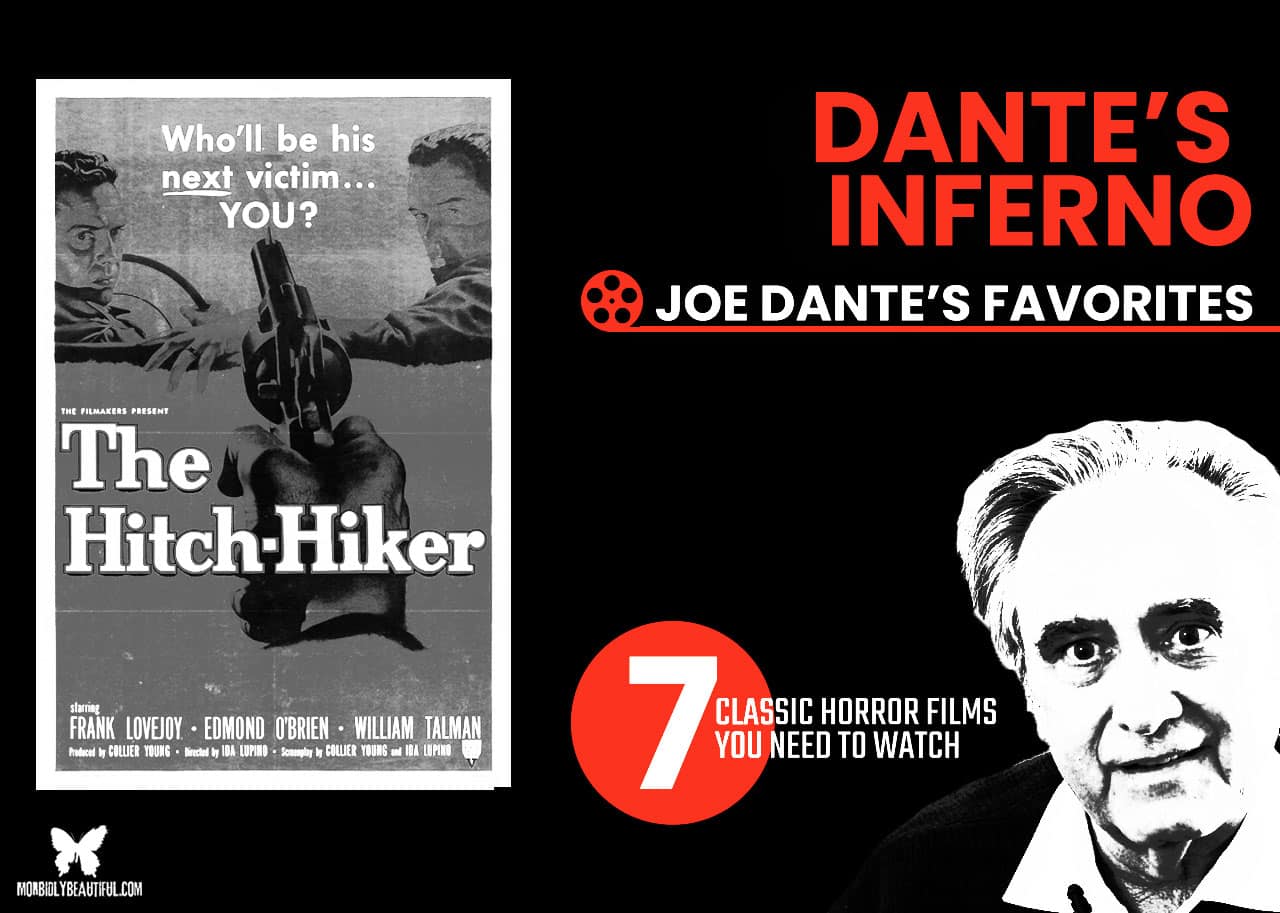
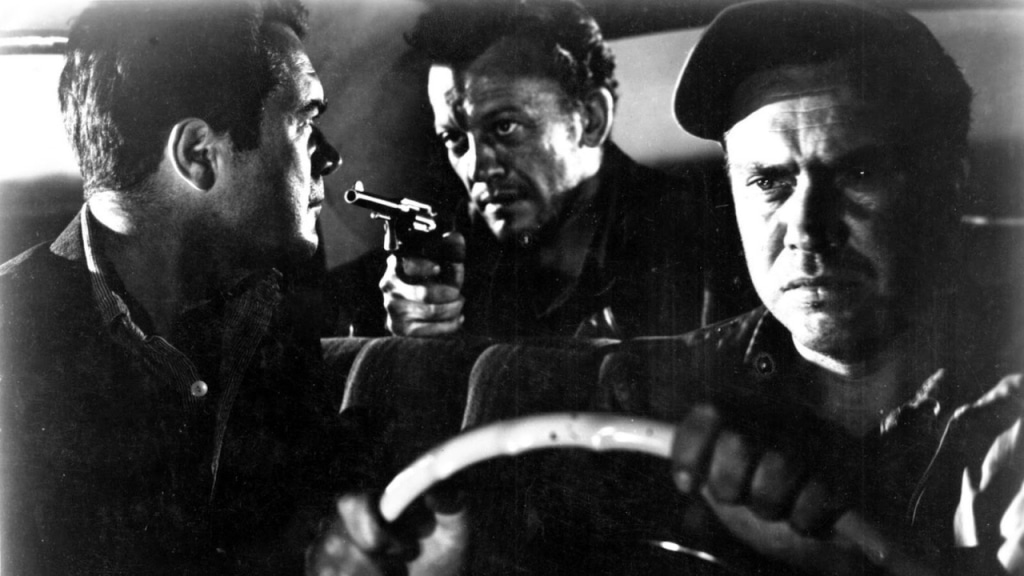
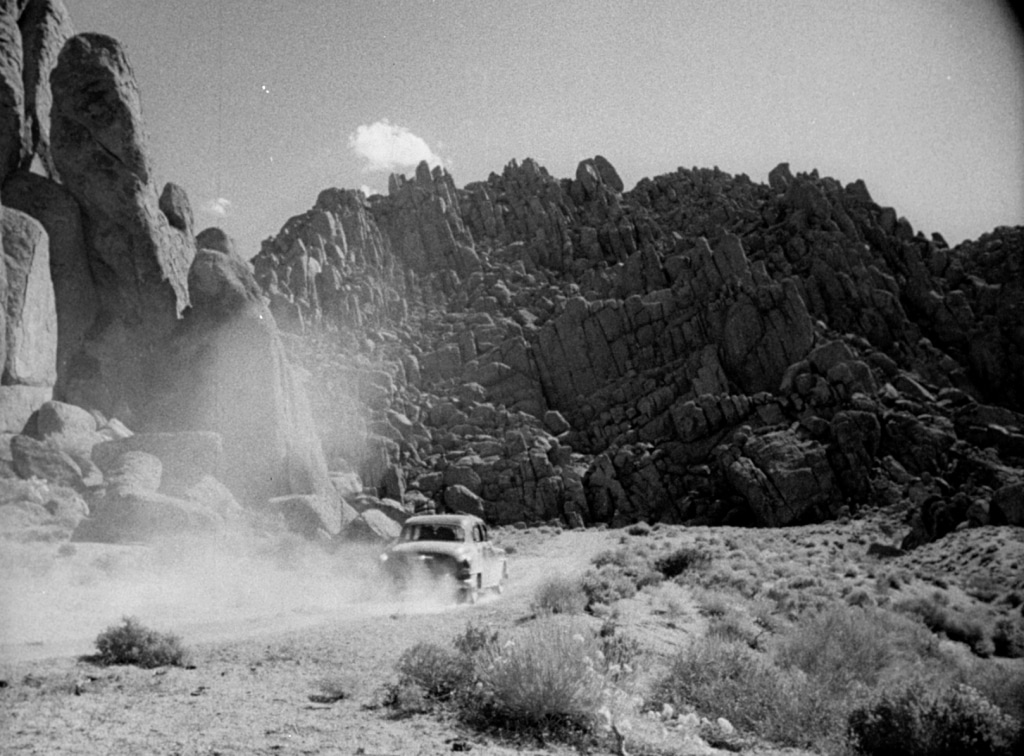
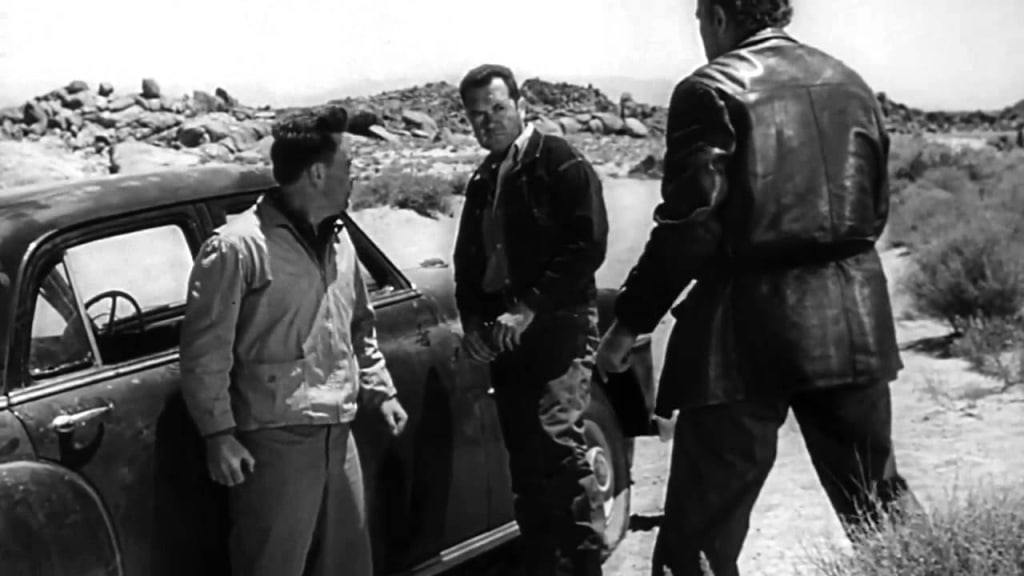
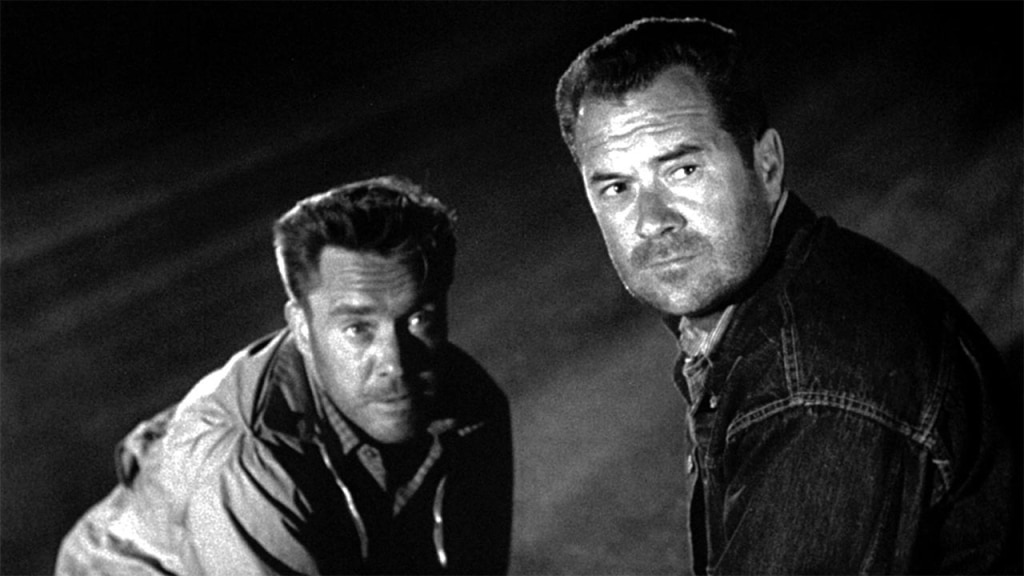
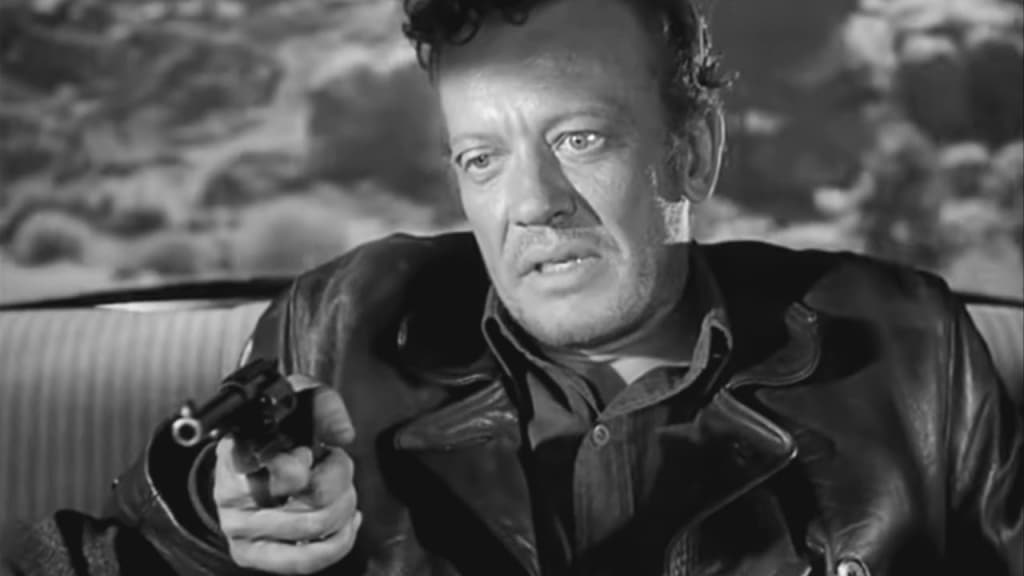

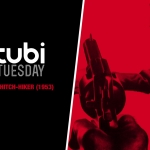










Follow Us!